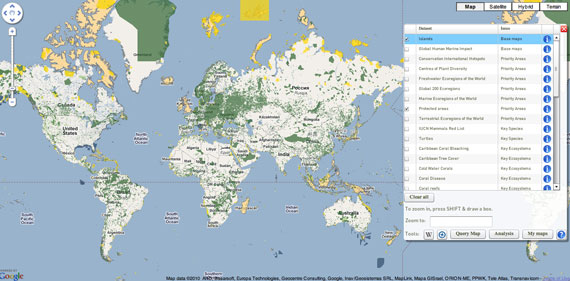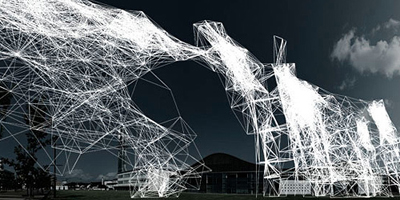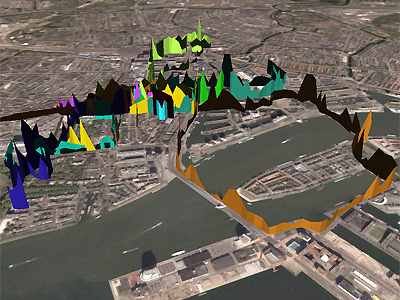 [Screenshot of the GID mapping protected areas and islands]
[Screenshot of the GID mapping protected areas and islands]
The Global Island Database aims to enhance the participation and role of islands in international decision-making through identifying and bringing together existing sources of data and information relevant to island systems, and presenting new analyses to aid resource managers and decision-making at the island, national, regional, and global level.
The GID also aims to develop linkages, partnerships and collaborations with the wide array of organisations involved in island conservation and decision-making to ensure that the database is up-to-date and relevant, and so it provides a platform for communication and networking.
The GID quickly allows you to map things such as sea turtle migrations, the islands themselves, protected areas, diseased/healthy coral regions, etc. A beautiful mapping effort that allows us to view so many interacting environmental events.





